Guides • Perfecting your Craft
Last updated on Oct 15, 2025
How to Write a Romance Novel: Your Adoring Readers Await!
Savannah Cordova
Savannah is a senior editor with Reedsy and a published writer whose work has appeared on Slate, Kirkus, and BookTrib. Her short fiction has appeared in the Owl Canyon Press anthology, "No Bars and a Dead Battery".
View profile →Romance novels have always captured our hearts — they contain the intrigue, intimacy, and basic human drama that all readers love. Once a “shameful” genre read mostly in secret, romance today is having a huge moment, with mega-popular books like Outlander and Crazy Rich Asians even being adapted for film and TV. If you already understand romance fiction's many subgenres and common plotlines, why not try to write some of your own?
Though love itself may be hard to explain, the process of writing love stories isn’t. Using examples from a variety of media, here are seven steps for writing romance:
1. Find your niche
If you've never even tried to write romance before, don’t worry — we’ll start you off easy. The first thing to know is that the genre, like Walt Whitman, is large and contains multitudes. There’s no one right way to write romance, as evidenced by the fact that it encompasses so many subgenres!
Popular subgenres of romance include:
- Historical
- Contemporary
- Young adult
- Fantasy
- Paranormal/supernatural
- Religious or spiritual
- Erotic
So if you’re concerned that your writing won’t “fit” with the genre, never fear: you just have to find the right niche. And the best way to do that is by reading romance yourself! Of course, you may have already read quite a bit within a particular subgenre and you’re confident that’s where you fit in. But if not, now’s the time to explore romance's many glorious facets.
Step into your local bookstore’s romance section (or, you know, the relevant Amazon category) and select a few titles to peruse. Take your time with them: the subgenre you most enjoy reading will likely end up being the one you write as well.
That said, despite the wide range of subcategories and niches in romance, certain tricks are universal to every single type. So no matter what romance you write, the rest of this article should still be relevant.
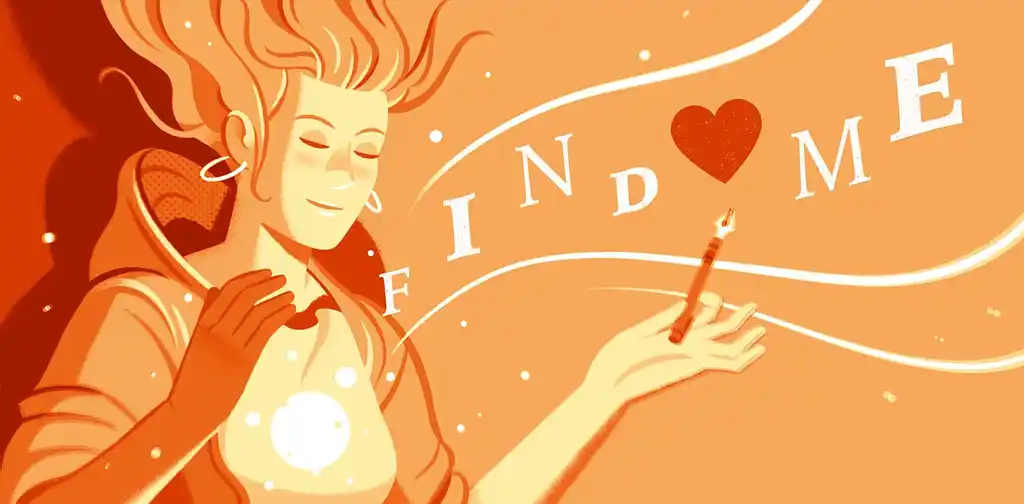
FREE COURSE
How to Write an Irresistible Romance
10 lessons to help you plan, draft, and publish a swoon-worthy romance.
2. Set the stage effectively
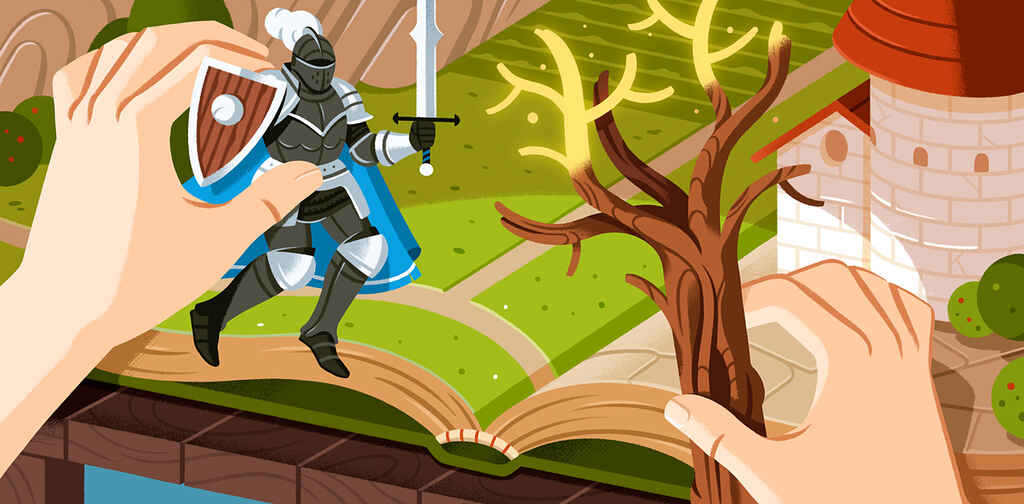 Setting is a crucial element of writing romance. Why? Well, for a couple of reasons:
Setting is a crucial element of writing romance. Why? Well, for a couple of reasons:
- Romance is all about escape — and if the setting isn’t immersive enough, readers won’t be able to lose themselves in the story.
- Many romance authors go on to write a series based on their first novel (more on that later). So the setting needs to be a place both reader and author will want to return to, book after book.
What defines a strong setting in romance?
Contemporary romances tend to have cozy, small-scale settings: quaint villages, college campuses, etc. There might be a local haunt where the main characters frequently meet (such as a diner or bookstore), and gossiping friends and neighbors hang around to add a bit of comedy. If you’re sticking to the standard, you’ll want to have one of these “compact” settings where people can’t help but run into each other. 😉
However, your setting could take on different qualities if you’re writing for a more specific subgenre. For example, the historical romance Outlander takes place in a small settlement in the Scottish Highlands. Still, the constant tension and violence there don’t make for a cutesy setting. Nevertheless, it works for the story because threats from the outside ultimately bring the main couple closer together.
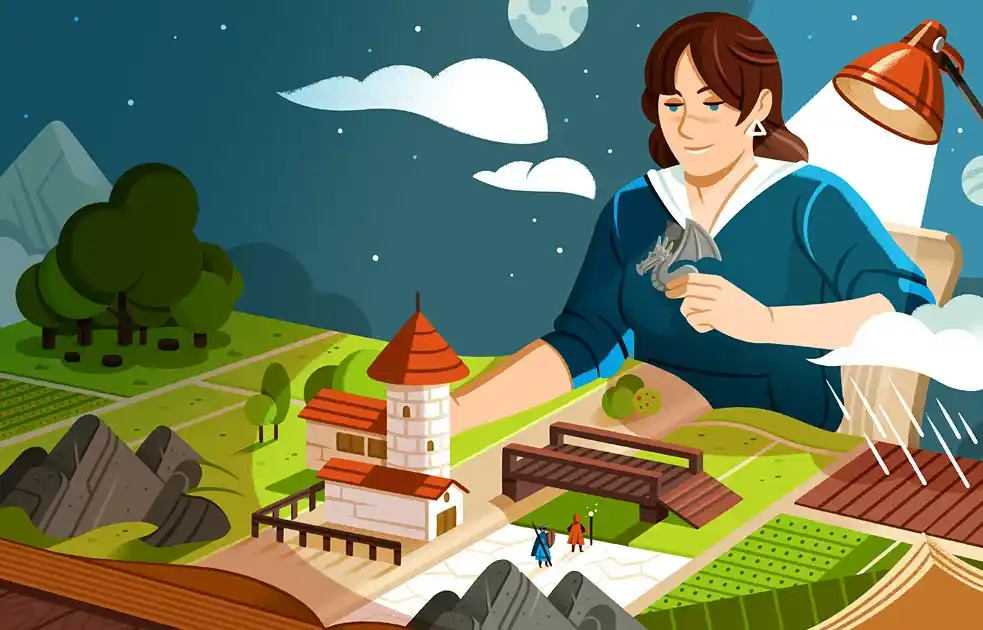
FREE RESOURCE
The Ultimate Worldbuilding Template
130 questions to help create a world readers want to visit again and again.
No matter where your story is set, the most important thing is that it is immersive and feels real. Consider drawing a map of your setting to keep the geography consistent while taking details from real life to enhance authenticity. For instance, if your favorite coffee shop has a red brick exterior with a broken neon sign in the window, maybe your characters’ favorite coffee shop should look like that, too!
3. Write a strong main couple
As you might expect, romance is an extremely character-driven genre, so your main couple needs to have your readers head over heels (so to speak).
Certain character types have thrived in Romance for decades and, naturally, they play into stereotyped gender roles. Traditionally, the "hero" of a story would have been a man, and the "heroine" would have been a woman. But with an ever-increasing diversity of books written by authors of all backgrounds, it should be noted that heroes and heroines can be male, female, or non-binary.
With that caveat, let's talk about a popular character dynamic in romance fiction:
The hero
When you think about the “hero” of a romance, you probably imagine a swarthy, muscular man sweeping a princess off her feet. But writing a great romantic hero isn’t about chiseled good looks and dramatic gestures; it’s about emotional depth and vulnerability.
“Every hero needs a past — and I mean a past,” says pro romance editor Kate Studer. "Heroes in romance have often had a rough childhood, experienced a traumatic event, or been in a relationship that left them heartbroken." This has caused the hero to become closed-off and insecure, even if he projects total self-assurance.
Christian Grey from Fifty Shades is actually a perfect example of this. Despite his confident persona, he is scarred from his dysfunctional relationship with a much older woman when he was only fifteen.
In any case, the hero meets and is drawn in by the heroine — who could be a bright-eyed ingénue, a spirited single parent, or a sex worker with a heart of gold. Something about this new person breaks through our hero’s shell. By the end of the story, the hero should be a changed person, more open and much happier — all because they have a love in their life.
The heroine
The heroine, for their part, should have some trouble as well. A common plot finds the hero helping a financially struggling heroine (for instance, by offering them a job), only for the heroine to turn around and solve one of the hero's problems (like getting over an ex).
Indeed, the heroine should be just as strong a figure as the hero, if not more so. The trend these days is to make the love interest resilient with a mind of her own — think Julia Roberts’ character in Pretty Woman. This kind of assertive character often coaxes the hero to get out of their comfort zone. Even if the heroine starts out timid and self-conscious, they should gain the courage to eventually stand up for themselves!
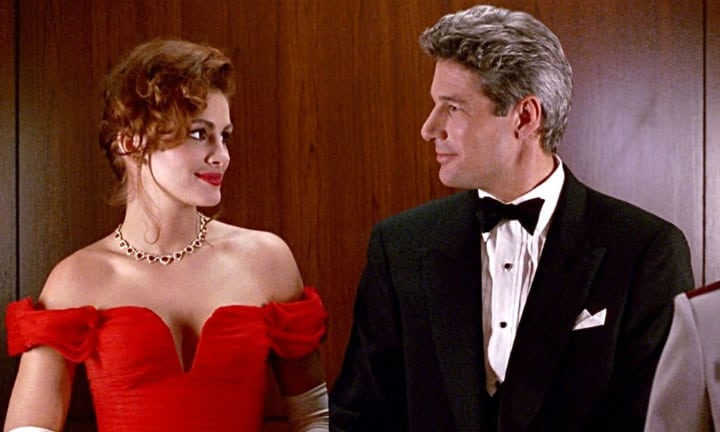
There are a million different ways for your hero and heroine to interact, but the main thing is that their relationship should be dynamic. After all, if they meet and fall in love immediately with no issues to work through, it’s not much of a story.
On top of all that, each one should be a three-dimensional person in their own right. Give them realistic motivations and flaws, ideally tied into their backstory. This will ensure that your main couple is realistic and engaging, so readers will root for them immediately.
If you want to write complex and fully fleshed-out characters, check out this handy cheat sheet: our free character profile template.
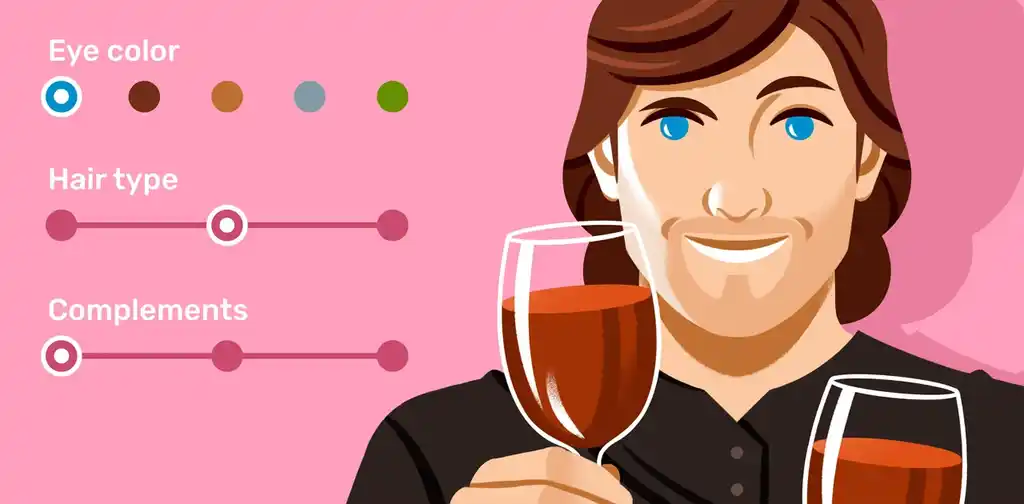
FREE RESOURCE
Reedsy’s Character Profile Template
Fill this out to develop characters who will have readers smitten.
4. Use tried-and-true tropes
Now we’re getting into the meat and potatoes of the story. Again, there are so many possible paths for your main couple to take that it would be impossible to describe them all! But here are just a few tried-and-true devices that many romance authors have used successfully.
Friends/enemies to lovers
Two of the most beloved romantic devices of all time. The main couple knows each other, but they just don’t see each other that way — or they may not like each other. 😧 Luckily, all that's about to change.
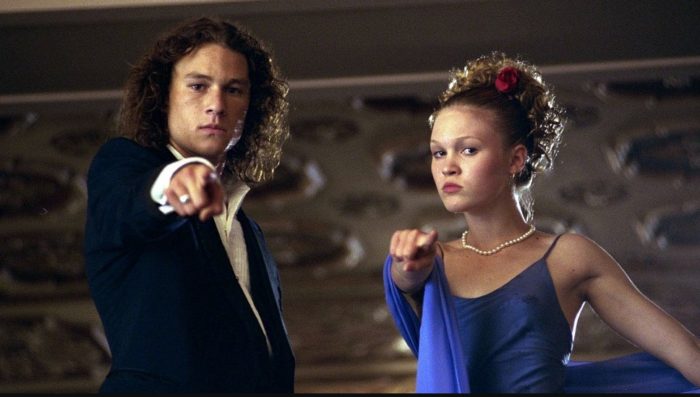
Friends to lovers tends to work best when there’s another big conflict or project distracting one or both of the main characters, so they don’t get together until the very end. This is basically the plot of that Netflix movie Set It Up: the two main characters are so focused on getting their bosses to fall in love, they don’t realize that they themselves would make a great couple.
Enemies to lovers is the perfect device for two characters who clash in some fundamental way. For example, one might be very Type A and the other more Type B (see: 27 Dresses). Or one is a hardworking single parent while the other is a spoiled rich bachelor/bachelorette who’s never had to work a day in their lives (see: Overboard).
And of course, there’s always enemies to friends to lovers — arguably the most effective and realistic iteration of this trope, as evidenced by Pride and Prejudice and When Harry Met Sally. The hero and heroine hate each other at first sight, gradually get to know one another and become friends, and ultimately fall deeply in love. It’s the perfect combination of fiery tension and genuine connection, and if you can pull it off, the payoff is incredibly satisfying.
One helps the other one heal
As we discussed, the hero in romance often has some deep psychological wound inflicted by his past. (The heroine can, too, but it’s more common among heroes.) It might just be a backstory detail, but it can also serve as a source of conflict for your couple: the damage impedes their relationship or his mental health, so the heroine has to help the hero heal.
A prime example of this device occurs in Me Before You, in which the heroine, Louisa, literally becomes a carer for a quadriplegic man named Will. Will is bitter and depressed at first, but eventually he opens up to Lou and becomes much less negative — not to mention he helps her see own potential. We’re not going to give out any spoilers, but it’s safe to say that he’s much better off for having met her, and both agree that their time together was invaluable.
Choosing each other all over again
Ah, the quintessential trope of Rachel McAdams movies. For those who haven’t seen The Notebook or The Vow, this device involves the hero and heroine either being separated for a very long time, or one of them outright forgetting who the other one is — due to amnesia, dementia, or some supernatural phenomenon. Then they have to choose each other all over again, hence proving that they’re well and truly soulmates. (For a more recent example, check out the season four Black Mirror episode “Hang the DJ.”)
Also, remember that, as much as readers love these devices, it’s still important to put your own spin on them. Infuse unique elements to add intrigue/suspense, or just for entertainment! For example, Ten Things I Hate About You is based on Shakespeare’s classic romantic comedy The Taming of the Shrew — but it’s set in modern day with high schoolers, which makes it much more fresh and accessible.
5. Carefully construct intimate scenes
You can’t talk about writing romance without touching on physically intimate scenes — though this doesn’t necessarily mean sex scenes, or even almost-sex scenes.
R-rated scenes are more likely to feature in certain genres, such as urban fantasy romances and erotica. But romance novelists in other genres often keep it pretty PG-13, skipping sex altogether (especially in historical or YA romance) or “fading out” right before the act. In the latter case, passionate kisses and electric touches substitute for actual sex scenes, and are part of what we count as "intimate."
And the same rule is true of all intimate scenes, no matter how explicit: be careful about how you write them. Craft all descriptions of physical intimacy with a light touch, and only after sufficient buildup — make your readers eagerly anticipate each encounter. Also try to steer away from overwrought, euphemism-filled romantic language that can border on parody (you probably know the kind we’re talking about).
Q: How explicit (or "spicy") can and should the romantic or sexual content be in a self-published romance novel?
Suggested answer
As much or as little as you're comfortable with! There are all levels of heat in self-published romance novels, from sweet to spicy.
Just make sure you hint to your reader which you are--through your cover and the way you describe your book--so you draw in the audience that's looking for your exact heat level!
Michelle is available to hire on Reedsy ⏺
What a loaded question.
First and foremost, spice needs to match the overall tone of both the book and the characterization. More frequently than what I'd like to see, are books that float along in one tone -- usually contemporary snark and humor -- and we hit the bedroom, and now we are all hardcore and pushing boundaries. A change like that comes out of the blue and feels jarring without the proper set-up in characterization.
As long as the tone matches, then the level of spice reverts to author comfort. Generally there are three heat levels: sweet, spicy, erotic. Sometimes "sensual" falls between sweet and spicy. But you can further break it down into three types of bedroom scenarios: closed door, fully consummated, or erotic and fetish.
One trend I see regularly in romance novels that I think needs to be discussed: writing to market cliches.
Authors have a perception of the market they are writing in, and most have read what they are writing. The trouble zone is when authors are forcing a book to expectations that don't fit the story line or characters. I see this in cliche lines in the bedroom. (I'm so trying to be g-rated here!) In fact, those lines now pop out to me jarringly. Things characters say (or do!) that don't match the personality they have been given, that are total reader-bait, because another / other books in the genre have effectively used them. Those lines... don't have the power, oomph, or impact behind them if they don't match the characters. Period.
Let's see if I can exemplify a little more while staying PG-13.
Your hero isn't any more sexy or compelling because he tells the heroine what to do at a critical moment in the bedroom. What has made that line work in other novels and makes readers swoon, is the overall characterization for the hero and between the couple. If that overall characterization isn't present, the line stands out as out of place and as the author intruding on the scene.
So I can't emphasize enough that what you "should" do follows the way the entire story line is developed. If you want to write erotic content, then that needs to be established via characterization and narrative long before the sexy times come into play. You create your readership. Your readers come to your stories because they like what you write. And you should always write what makes you comfortable, regardless of what heat level is involved.
Claire is available to hire on Reedsy ⏺
One of the best tactics for writing intimate scenes is simply studying those you think are written well. The author you emulate will depend on your subgenre and personal taste, but some mainstream authors who write good, nuanced love and sex scenes are Curtis Sittenfeld, Sally Rooney, and Nicholas Sparks. The more you read and hone your language for it, the better your love scenes will be. Trust us: your readers will thank you.
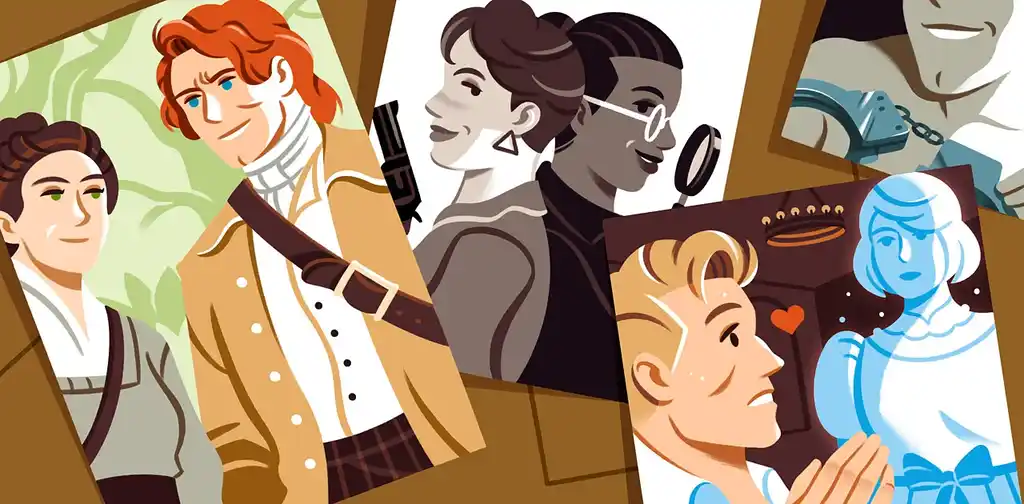
FREE COURSE
How to Turn Up the Heat in Your Romance
10 lessons on how, when, and where to add steamy scenes to your novel.
6. Don’t neglect secondary characters
While the main couple is obviously where most of your characterization focus should be, secondary characters are critical to a well-rounded romance. After all, when the heroine’s agonizing over her hot-and-cold text conversation with the hero, who’s she going to ask for advice? Why, her Tinder aficionado roommate, of course.
Secondary characters fill out the world of your romance novel. Friends, family, neighbors, coworkers, and even arch-enemies — say, someone who’s competing with one of your main characters for the other character’s interest — all contribute to making the story come to life.
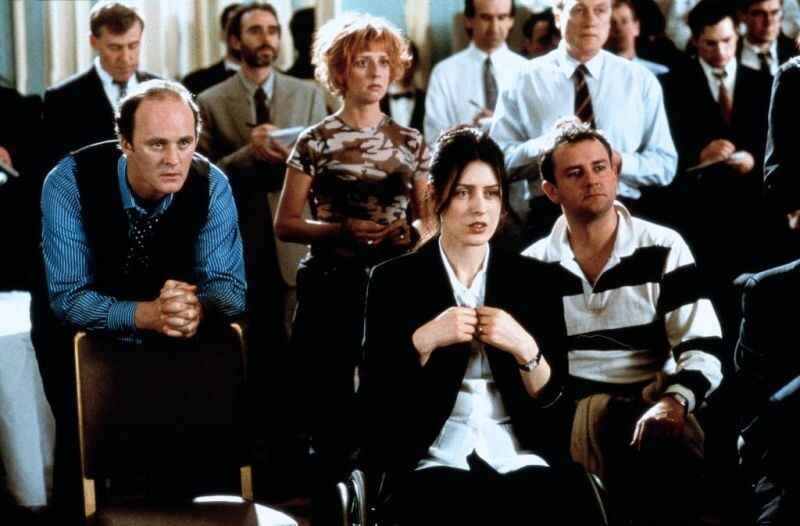
Best friends are typically the most important secondary characters in romance, since they’re the ones who dispense advice, give pep talks, and generally add color to the story. They’re often a little bit odd, but that’s why the main characters love them… and why readers do too!
Still, ensure that most of the focus remains on your main couple, as we mentioned. Former Harlequin editor Ann Leslie Tuttle notes that secondary characters can sometimes become “too pervasive” in romance, which is a big no-no. “You don’t want to risk making them more interesting than your own hero and heroine,” she says.
Series potential?
Having a solid secondary character presence is especially important if you want to turn your novel into a series. There are a few ways to create a series from a standalone romance, but one of the easiest (and most enticing to readers!) is to write the next novel about one (or two) of the secondary characters — especially best friends, siblings, or romantic competitors of the main characters. Emily Giffin does this seamlessly in her novels, Something Borrowed and Something Blue: two of the heroine’s best friends in the first book, who initially seem like opposites, end up getting together in the sequel.
This strategy is great because it ensures a smooth transition from book to book, since readers will already be familiar with the setting and cast of characters. Plus, it sets you up for a cycle that you could theoretically repeat ad infinitum: each new sequel simply centers around characters who were secondary in the previous book.
You can read more about how to create a series here.
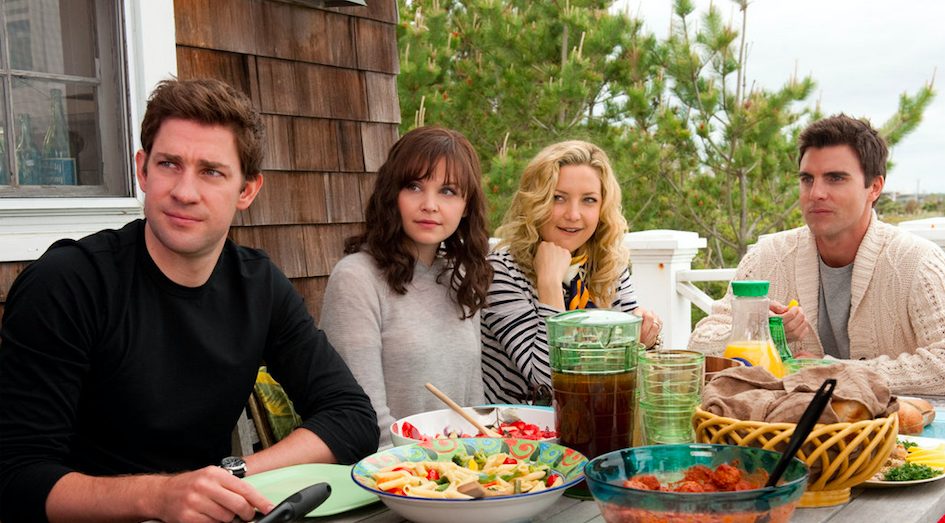
7. Give your main couple a happy ending
One of the romance genre's implicit promises is the happy ending. No matter how much turbulence your main couple experiences over the course of your novel, they should end up in each other’s arms. It doesn’t need to be a “happily ever after,” but it should at least be a “happy for now”: something to reassure the reader that these two characters are stable for the foreseeable future.
There are special cases that don’t adhere to this rule, such as the endings of Me Before You and Dear John (which raises the question of whether or not they’re "true" romances). The main characters in these novels don’t wind up together, but they have grown because of one another and don’t regret falling in love. Still, this is a pretty difficult resolution to pull off — so if it’s your first romance novel, stick to the traditional happy ending.
What else should the ending do?
The ending of your novel should also tie up any loose threads that you weave throughout the narrative. Again, romance readers want to be fully immersed in the story, and that immersion suffers if they’re left wondering about questions you posed but never answered. The only exception to this is the question of what will happen to the secondary characters who have great chemistry — because, of course, you might be setting them up for a sequel!
💞 The best romance editors are here on Reedsy!
Rebecca A.
Available to hire
I am a copyeditor, proofreader, and production editor with over ten years of experience in book publishing and project management.
Laura S.
Available to hire
Editor and published author (Penguin Random House, Simon and Schuster) with over a decade of experience. Expert in novel and query edits.
Amy S.
Available to hire
Friendly, thorough, supportive editor/proofreader for your novel. Experience in romance, historical, LGBTQIA+, mystery, YA, sci-fi, fantasy.
And with that, you should be well on your way to writing a romance novel that’ll make your reader swoon like a corseted Victorian. However, if you'd like advice from a serious expert, we recommend checking out our free 10-day course with professional romance editor Kate Studer. And... if you're still stuck for an idea, why not have a play around with our Romance Plot Generator here.
Best of luck and have fun romancing your readers! 💘
In the next part of this guide, we'll show you how to publish your romance novel (and hopefully turn a profit from it).


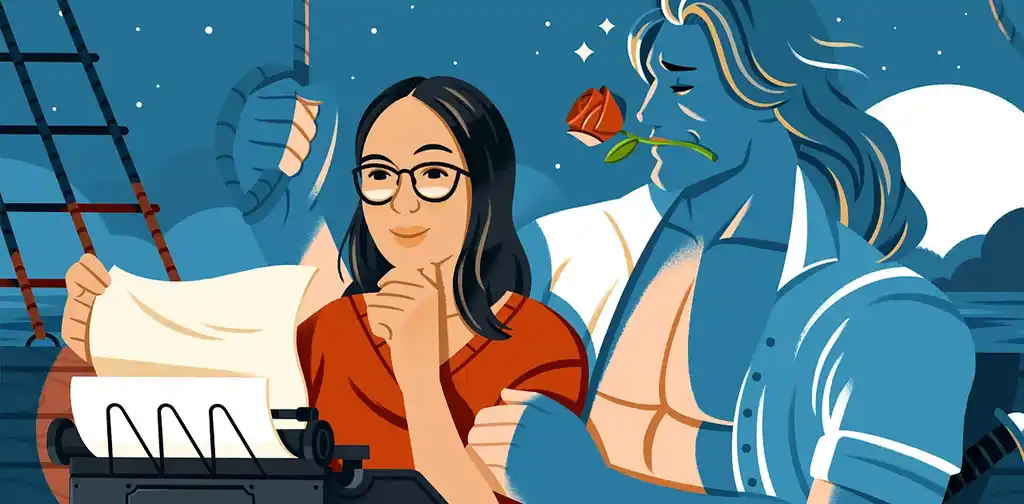

2 responses
Maren says:
08/07/2020 – 16:41
How to write a kiss scene?
Saher c says:
06/08/2020 – 18:37
loveliest article I've ever read....swoon like a corseted victorian ;D